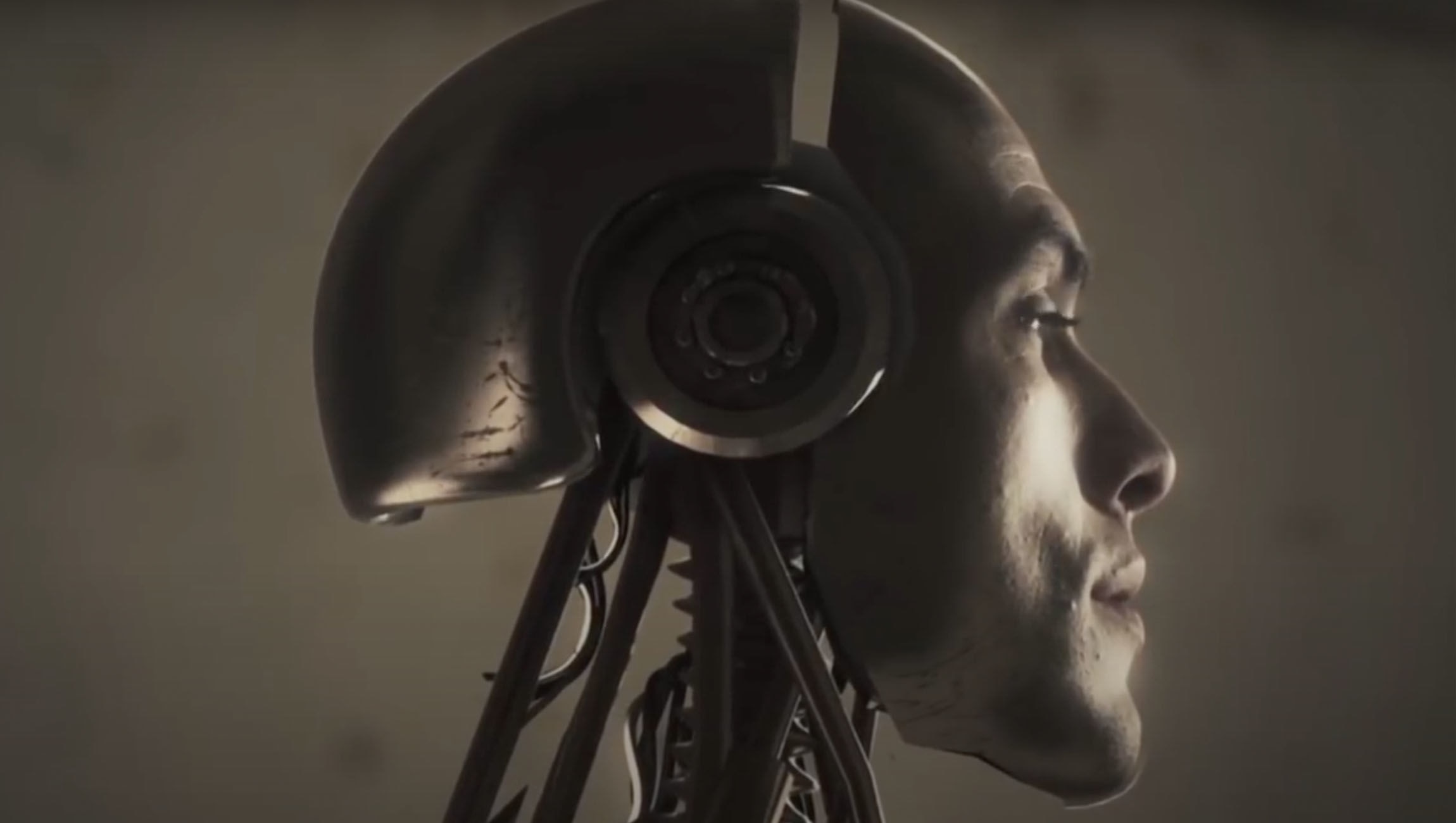Create a free profile to get unlimited access to exclusive videos, sweepstakes, and more!
Deja Snooze—what happens when you’re awake replays itself on repeat in your sleep

Remember the video rental days before Netflix, when you used to have to be kind and rewind?
Your brain kind of works like a VHS tape. It records while you’re awake, then after you fall asleep, it’s rewind, play, rewind, play again. It even does what a videotape can’t do, which is record permanently (anyone born before 1995 probably remembers taping over things infinite times). This has now been observed in humans for the first time. A research team led by Beata Jarosiewicz, senior research scientist at Silicon Valley tech company NeuroPace, found that certain neuron firing signals that appeared as subjects played a game while awake would repeat themselves over and over in their sleep—the brain’s attempt at making memories permanent.
“It is believed that the consolidation of multiple different types of learning and memory is further promoted by replay,” Jarosiewicz told SYFY WIRE. “This includes the broad categories of declarative memory (such as learning an arbitrary list of words) and nondeclarative memory (such as acquiring a motor skill). Additionally, higher emotional value or importance tend to make some events more memorable than others, but this effect is still vaguely defined, not yet fully understood.”
Jarosiewicz, who recently published her findings in Cell, is conducting an ongoing clinical trial to see if brain implants in the motor cortex and middle frontal gyrus could potentially link to a brain-computer interface (BCI) that lets paraplegics and others with severe motor impairment control devices with their brains. Neurons in the motor cortex zap information about a desired movement to the spinal cord if it relates to the body and the brainstem if the head, neck, or face is supposed to move. Upper motor neurons in the cerebral cortex or brainstem extend far enough to link with lower motor neurons, which extend from the brainstem or spinal cord to skeletal muscle. The upper motor neurons manage how lower motor neurons control the muscle activity that results in movement.
“Many neurons in motor cortex have so-called ‘preferred directions’: they tend to increase their firing rates for particular directions of intended movement and decrease their firing rates for the opposite direction. Some increase their firing rates for upward movements, others for rightward movements, etc.,” Jarosiewicz explained.
As part of the BrainGate2 clinical trial, she and her team placed arrays of microelectrodes in the hand and arm area of the motor cortex to see if mind-controlled devices could actually work. It was the microelectrode arrays that recorded the firing rates associated with specific movements. With the help of machine learning algorithms running simultaneously, firing rate patterns from recorded neurons told the researchers which direction a subject intended to move their arm or hand in at that moment. Decoding movement intention this way can enable someone to control something like a robotic arm or an implanted muscle functional electrical stimulation system (known as FES) just by imagining what they want it to do.
So are there any specific memories that might especially help out people with severe motor disabilities when combined with BCIs? For Jarosiewicz, that still remains unknown, though not impossible to find out. She does believe that nondeclarative memory (the type associated with motor skills) might have potential to be used in a way that boosts the overall effectiveness of a BCI. She sees a future in which practice with the interface will result in increased movement control, just as practice at anything else brings on improvement. The replay study is only the beginning. BrainGate’s research will continue to extend into developing complex and intuitive BCIs that will make the disabled more independent by restoring their ability to communicate and have control over their lives.
“It is our hope that the skill of controlling a device with the assistance of an BCI will be very similar—relying upon the memory and progressive shaping of cortical and subcortical activity that directs the control of downstream effectors,” Jarosiewicz said. “We are still very early in this research domain and still have an enormous amount to learn.”


























